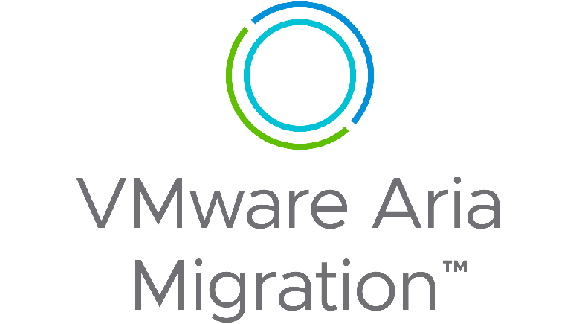In order to help explain how AWS Savings Plans are applied, we’ve produced an updated cloud computing cost comparison with AWS Savings Plans included, with examples of how you can use different types of Savings Plans for a number of different scenarios.
In November 2019, AWS introduced its new Savings Plan program—describing it as “a new flexible pricing model” that could help businesses save up to 72% compared to On Demand prices for EC2 instances, some Lambda costs, and the Fargate serverless compute engine for containers.
Savings Plans are similar to Reserved Instances in terms of the discounts available, but there are some significant differences between the two pricing models. Businesses with expiring Reserved Instances are advised to read up on the differences before choosing one option over another.
How are AWS Savings Plans are applied?
If Savings Plans appear to be the best option, it’s important to be aware of the order in which Savings Plans are applied. For example, if your account still has active Reserved Instances, Savings Plans are applied only after usage covered by Reserved Instances has been taken into account.
If a business has both EC2 Instance Savings Plans and Compute Savings Plans, EC2 Instance Savings Plans are applied first because Compute Savings Plans have broader applicability. In most cases, EC2 Instance Savings Plans also attract the biggest discounts.
Savings Plans are then applied to the highest-percentage savings first. So, if a business invests in a three-year EC2 Instance Savings Plan and uses a combination of m5 and c5 instances, the plan would be applied to usage of the c5 instances first, as they attract the highest percentage savings.
The plans are then applied in decreasing percentage savings until no more qualifying usage remains. In the event that the Savings Plans commitment is exhausted (i.e. the commitment is for $10 per hour spend and the business uses $12 of resources), remaining usage is billed at On-Demand rates.
Example of how AWS Savings Plans work in practice
To best explain how Savings Plans are applied, we’ve compiled a cloud computing cost comparison with AWS Savings Plans included. The comparison is then used to demonstrate the order in which Savings Plans are applied in three different scenarios.
For the purposes of our comparison, our imaginary business has paid all-upfront for a three-year Compute Savings Plan. The business uses 2x m5.12xlarge (Windows) and 4x c5.2xlarge (Linux) instances which run in the US East region for a day. During the day, there is 4,800 vCPU and 24,000 GB of equally distributed Fargate usage, and 30 million AWS Lambda requests of 1,024 MB each, lasting 600 seconds.

Scenario 1: Compute Savings Plan committing to $40 per hour
In this first scenario, our imaginary business has committed to $40 per hour for a Compute Savings Plan. As the total cost for the day is under the amount of the commitment ($40 x 24 hours = $960), all the resources used during the day are covered by the Savings Plan and there is no further cost to the business.
Scenario 2: Compute Savings Plan committing to $30 per hour
In the second scenario, the organization commits to $720 per day, (less than the amount used), and the Savings Plan is applied to resources with the highest discount percentages first. The remaining usage is charged at On-Demand rates. Therefore, the usage of both instances, Fargate, and the first $169.81 of the Lambda service would be covered by the Savings Plan, leaving the business with $136.19 to pay.
Scenario 3: Compute Savings Plan committing to $20 per hour
In the final scenario, the daily commitment ($480) covers the cost of the c5.2xlarge instance and the Fargate service, but not the full amount of the m5.12xlarge instance or any of the Lambda service. Once usage covered by the Savings Plan is accounted for, the business will have to pay $376.19.
Simplified cloud computing cost comparisons don’t tell the whole story
Our cloud computing cost comparison with AWS Spending Plans included doesn’t tell the whole story because EC2 Instance Savings Plans—which don’t discount Fargate and Lambda services—have been omitted from the calculations. Had our imaginary business mixed EC2 Instance Savings Plans (i.e. $10 per hour) and Compute Savings Plans (i.e. $25 per hour), it could have saved a considerable amount on the initial upfront payment compared with a $40 per hour Compute Savings Plan commitment.
If you would like to know the whole story about AWS Savings Plans, check out our Ultimate Guide to AWS Savings Plans, or contact our team of cloud experts to discuss how your business may be able to take advantage of them.









